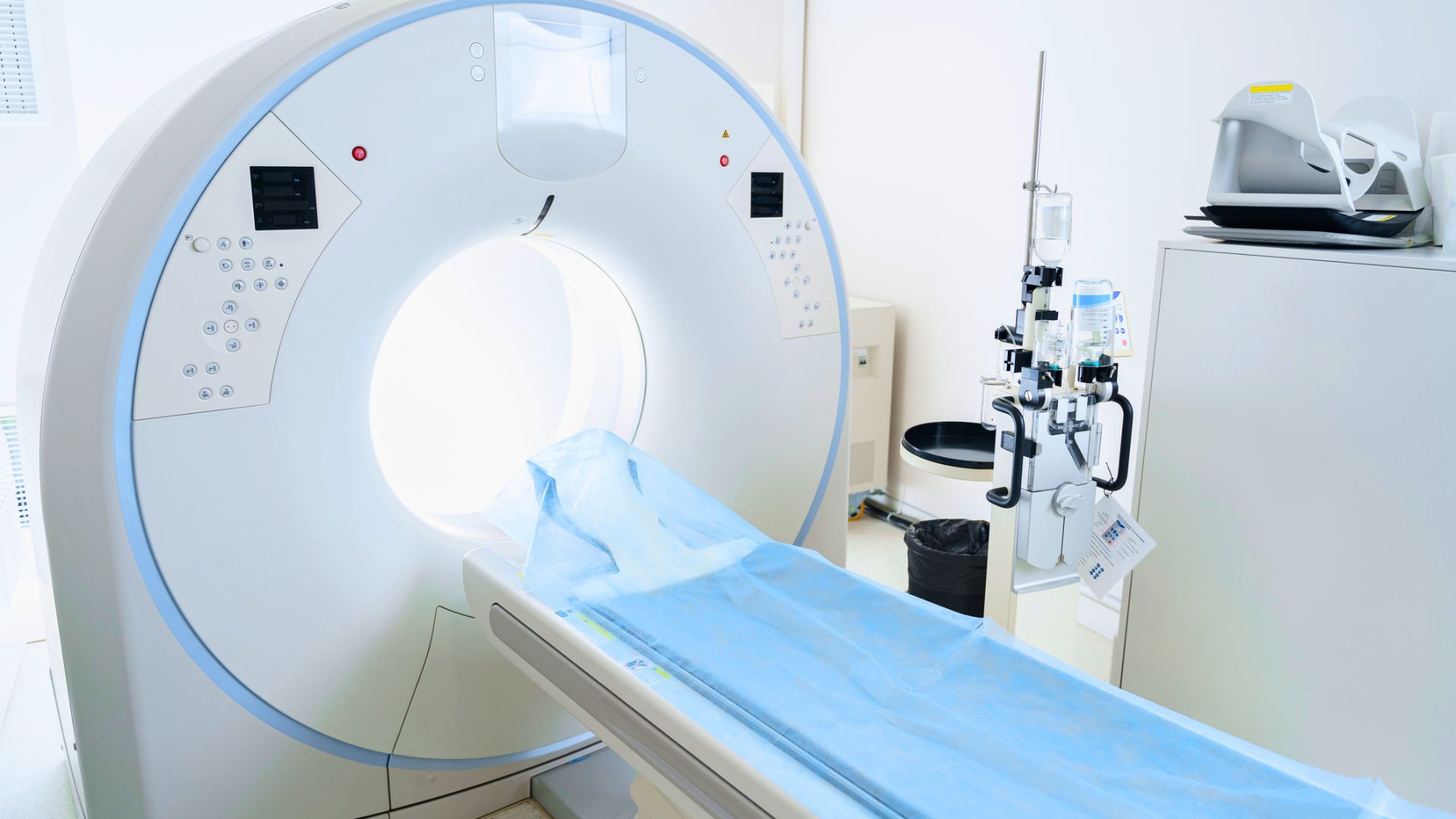Media release
From:
Simply switching off a CT scanner when not in use can save 140 kWh of energy in a week - more power than it takes to run an average Australian household[1] - according to a study published in the Journal of Medical Radiation Sciences. Radiographers at a NSW hospital reduced CT scanner energy use by 32% by switching off a surplus machine overnight and on the weekend.
Medical imaging accounts for about 1% of all global greenhouse gas emissions[2], which is almost on par with Australia’s total emissions per annum. The emissions saved from switching off idle medical equipment varies depending on the energy sources that make up the electricity grid, but in NSW, where this study took place, approximately 80% of the grid was coal fired at the time.
Naomi Gibson, President of the Australian Society of Medical Imaging and Radiation Therapy (ASMIRT) says many radiographers are keen to reduce their carbon footprint. She hopes this study will inspire other radiology departments and the broader healthcare community to take up this simple but important practice.
“If your clinic has multiple CT scanners, switching one scanner off after hours could be a simple way to reduce carbon emissions without impacting patient care,” Naomi says.
“While some scanners must remain on for emergencies, others may be safe to switch off.”
A survey of the radiographers who worked with the scanner found:
- Switching off had little to no effect on clinical workflows.
- Eighty per cent planned to continue the switch-off practice.
- All were concerned about the carbon footprint of medical imaging.
Environmental sustainability is a growing priority in health care. In NSW Health’s 2024 Employee Survey more than three quarters of respondents reported an interest in sustainable healthcare. The healthcare system is part of the Australian Government’s Net Zero plan, with the National Health and Climate Strategy aiming for a "net zero health system" by 2050.
The study was undertaken by Nicholas B Marks, Mya Abigail Acosta, Kristen Pickles, Scott McAlister, and Katy JL Bell.
---------------------------------------------------------------------------------------------------------------------------------------------------------
[1] Based on a three-person household in New South Wales, according to the Australian Energy Regulator Residential Energy Consumption Benchmarks report
[2] The Lancet Digital Health. Curbing the carbon footprint of health care. 2023. p. e848. DOI: 10.1016/S2589-7500(23)00229-7



 Australia; NSW
Australia; NSW


